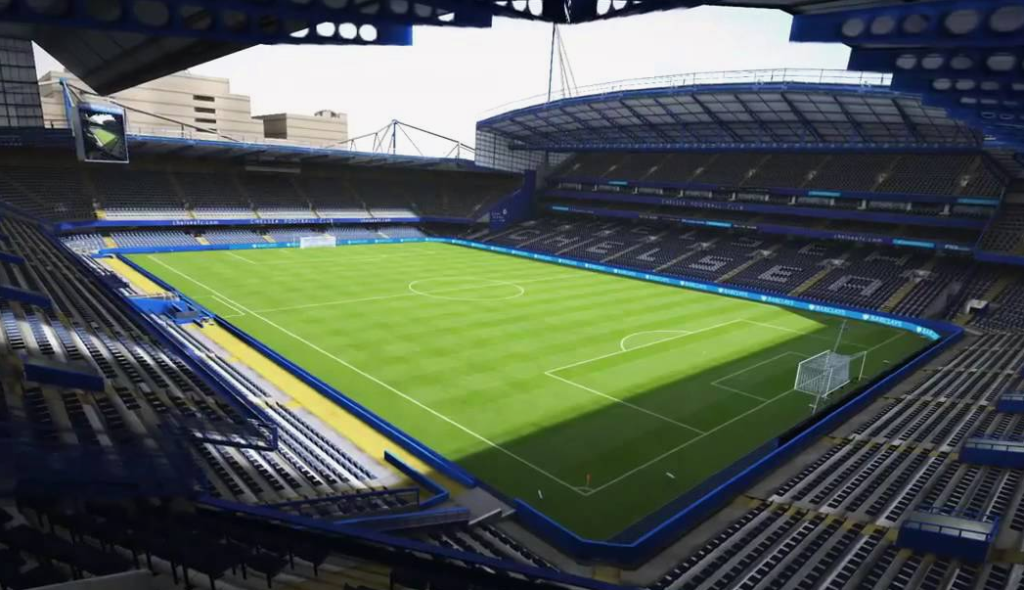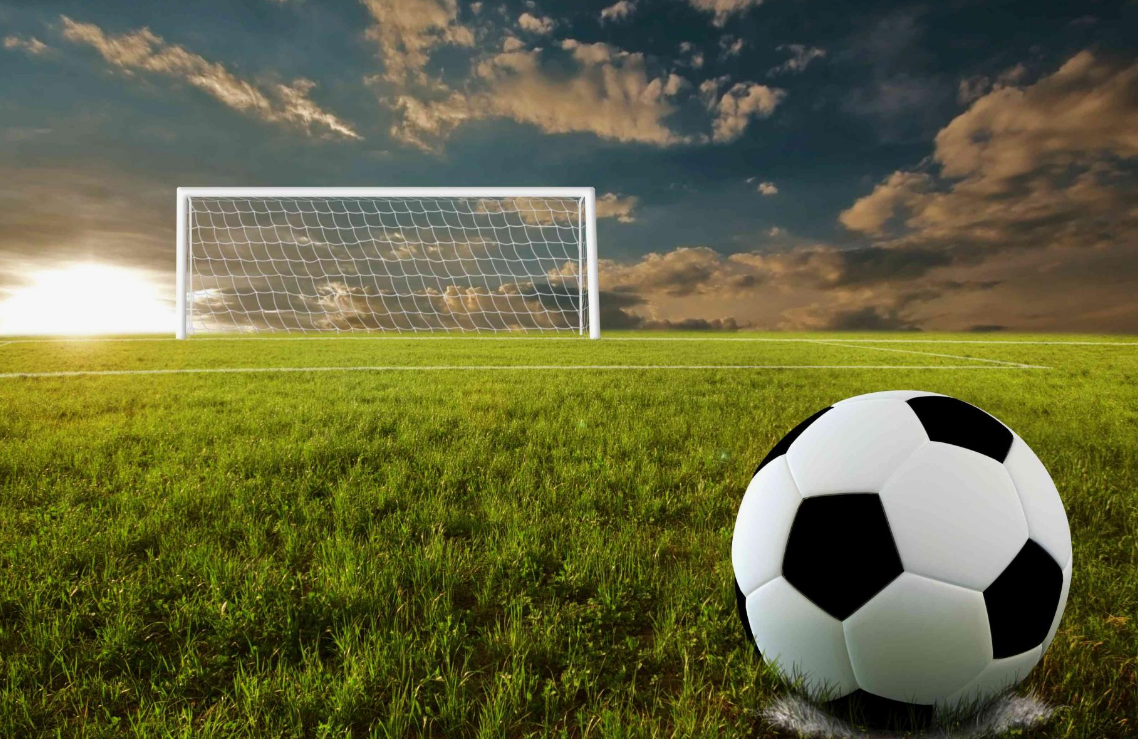Youth soccer field dimensions vary depending on the age group and level of play but generally range from 30-50 yards wide and 50-80 yards long for 7v7, 9v9, and 11v11 games. Soccer is a popular sport among children and teenagers, with millions of kids playing in youth leagues across the world. To ensure a safe and fair game, it’s important to have proper field dimensions for each age group and level of play. The size of the field can also impact the style of play and strategy used by teams. We’ll explore the various dimensions of youth soccer fields, including measurements for 7v7, 9v9, and 11v11 games.
We’ll also discuss goal size and placement, as well as best practices for field maintenance and safety.
Youth Soccer Field Dimensions

Standard Field Dimensions
Youth soccer field dimensions are essential to ensure a fair and enjoyable game for young players. Understanding the standard field dimensions is crucial for coaches, parents, and players to create a conducive and safe environment for playing soccer.
Regulation Field Size- Youth Soccer Field Dimensions
Regulation youth soccer fields typically measure between 100-130 yards in length and 50-100 yards in width. The field is divided into two halves by a halfway line and features a center circle with a 10-yard radius. Additionally, penalty areas are extending 6 yards from the goal line and 18 yards into the field, with a penalty spot 12 yards from the goal line.
Goal Size and Placement- Youth Soccer Field Dimensions
The standard goal size for youth soccer is 7 feet high and 21 feet wide. Goals are placed at the center of each goal line and securely anchored to the ground. The goalposts and crossbar are typically white to enhance visibility, and the goal net is securely attached to the goal frame.
Variations In Field Sizes
Youth soccer field dimensions vary based on the age group and specific regulations. Understanding the variations in field sizes is crucial for ensuring fair play and development among young players. Let’s explore the different dimensions commonly seen in youth soccer fields.
Small-sided Field Dimensions
Small-sided fields are designed for younger age groups and promote increased touches on the ball, better decision-making, and improved skills. These fields are smaller in size compared to full-sized pitches, creating a more engaging playing environment for youth players.
Youth Age Group Variations
Field dimensions for youth soccer can vary depending on the age group. Younger players typically play on smaller fields to match their physical capabilities and technical skills. As players progress to older age groups, the field size increases to align with the standard dimensions of a full-sized soccer pitch.
Considerations For Field Design
When designing youth soccer fields, several key considerations must be taken into account to ensure a safe and enjoyable playing environment for young athletes. From the surface material and quality to safety and boundary markings, each element plays a crucial role in creating an optimal field design.
Surface Material and Quality
The choice of surface material and its quality significantly impacts the playing experience for young athletes. The surface should be durable, providing good traction and ball roll, while also minimizing the risk of injuries. Natural grass, artificial turf, or hybrid surfaces are popular choices, each with its advantages and maintenance requirements.
Safety And Boundary Markings
Safety is paramount in youth soccer field design, and clear boundary markings are essential for player protection and fair play. Properly marked boundaries help prevent collisions and disputes during gameplay. Additionally, safety considerations extend to the surrounding areas, including the placement of goals, team benches, and spectator areas to ensure a secure and controlled environment for everyone involved.

Influence on Game Dynamics
Youth soccer field dimensions play a crucial role in shaping the dynamics of the game. The size of the soccer field in meters directly impacts player movement and spacing as well as the technical skills displayed during a match. Understanding the influence of field dimensions is essential for coaches, players, and parents involved in youth soccer. Let’s explore how these dimensions affect the game dynamics.
Player Movement And Spacing
The dimensions of a 7v7 soccer field significantly affect player movement and spacing. A smaller field encourages players to be more compact, promoting quick passing and close control. Conversely, larger fields facilitate more extensive movement and require players to cover greater distances. Understanding the correlation between soccer field size in meters and player positioning is vital for effective team strategies and formations.
Effect on Technical Skills
The size of the soccer field has a direct impact on the technical skills of young players. A smaller 7v7 field encourages close control, quick decision-making, and precise passing, while a larger field challenges players to demonstrate greater endurance, long-range passing, and spatial awareness. Coaches and trainers must tailor their practice sessions to align with the specific dimensions of the field, ensuring that players develop a well-rounded skill set that adapts to varying field sizes.
Comparison With Adult Field Dimensions
When comparing Youth Soccer Field Dimensions with Adult Field Dimensions, it is essential to understand the differences in size and proportions as well as how these adaptations cater to youth development needs.
Differences In Size And Proportions
Youth soccer fields are typically smaller in size compared to adult fields, with dimensions ranging from 25 to 35 yards in width and 50 to 65 yards in length for younger age groups. In contrast, adult fields are around 50 to 100 yards wide and 100 to 130 yards long. The goal sizes also vary, with youth goals being smaller to accommodate the players’ skill levels.
Adaptation For Youth Development
These adjusted field dimensions for youth soccer play a crucial role in the development of young players. By providing a smaller playing area, children can focus on technical skills, ball control, and decision-making in a more condensed space. This setup enhances their overall development and ensures that the game remains engaging and suitable for their age group.
Challenges and Solutions
Youth soccer field dimensions present unique challenges for players and coaches alike. Finding solutions to these challenges is crucial to ensuring a positive playing experience for young athletes.
Limited Space Constraints
When dealing with limited space, such as in urban areas, 7v7 soccer field dimensions can be adapted to fit the available area without compromising the game’s integrity. Smaller field sizes encourage quick decision-making and close ball control, enhancing player development.

Adapting To Facility Limitations
Adapting to facility limitations is essential for accommodating 9v9 soccer field dimensions in areas with restricted space. Utilizing adjustable goals and flexible field layouts can help maximize playing areas while adhering to FIFA soccer field dimensions standards for youth games.
Conclusion
Understanding the correct dimensions for youth soccer fields is crucial for optimal gameplay. Proper field size enhances player development and ensures fair competition. Utilize the resources available to determine the appropriate measurements for different age groups and create a conducive environment for young athletes to thrive.

